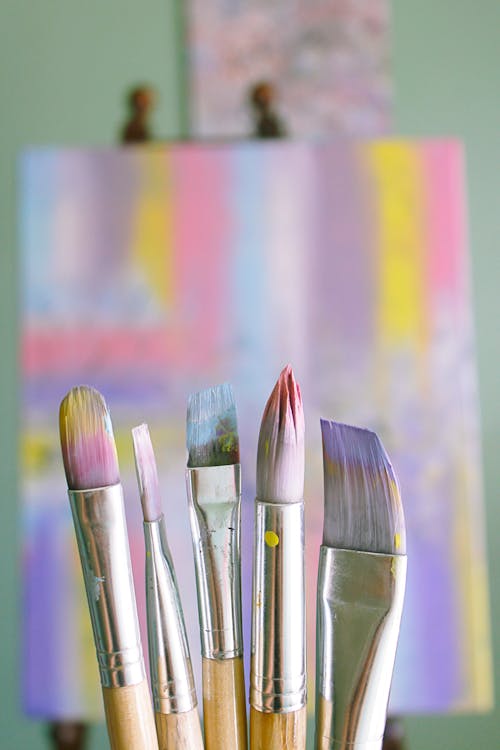Trauma can have a profound impact on a person’s mental, emotional, and physical well-being. Art therapy has emerged as a powerful and effective tool in healing.
Here are some ways art therapy helps individuals navigate the path to recovery from trauma.
Expression Beyond Words
Art therapy gives trauma survivors a safe and non-verbal outlet to express their experiences, emotions, and inner struggles. Artistic mediums such as painting, drawing, or sculpting allow individuals to communicate and process their trauma in ways that words may not fully capture.

Empowerment and Control
Participating in art therapy empowers survivors by giving them a sense of control over their healing process. They can choose the materials, colors, and forms to represent their experiences, thus reclaiming their agency and restoring a sense of autonomy.
Externalizing Internalized Feelings
Art enables trauma survivors to externalize internalized feelings and memories. With the creation of visual representations of their trauma, individuals can observe and reflect on their experiences from a different perspective, leading to a deeper understanding and integration of their emotions.
Creating a Safe Space
Art therapy creates a safe and supportive environment where survivors can explore their trauma without fear of judgment or re-traumatization. Skilled art therapists provide counseling, validation, and emotional support, fostering a nurturing space for healing and growth.
Regulation and Relaxation
Engaging in art can have a calming and soothing effect on the nervous system. Creating art activates the parasympathetic system, promoting relaxation, reducing anxiety, and supporting emotional regulation—essential elements in trauma recovery.
Narrative Transformation
Art therapy enables survivors to rewrite their trauma narratives. Through art, they can visually reimagine their stories, finding symbols of strength, resilience, and hope. This transformative process helps individuals reshape their self-perception and establish new narratives of healing and growth.
Integration and Processing
Art therapy supports the integration and processing of traumatic experiences. By revisiting and reinterpreting their artwork, survivors gain insights, identify patterns, and work towards resolving emotional conflicts, fostering a sense of closure and resolution.
Art therapy offers trauma survivors a powerful medium for healing, self-expression, and empowerment. Individuals can navigate their trauma, find meaning, and move towards recovery by engaging in artistic processes.
As a therapeutic tool, art therapy provides solace, validation, and an opportunity for growth, helping survivors reclaim their lives and find renewed hope and resilience.